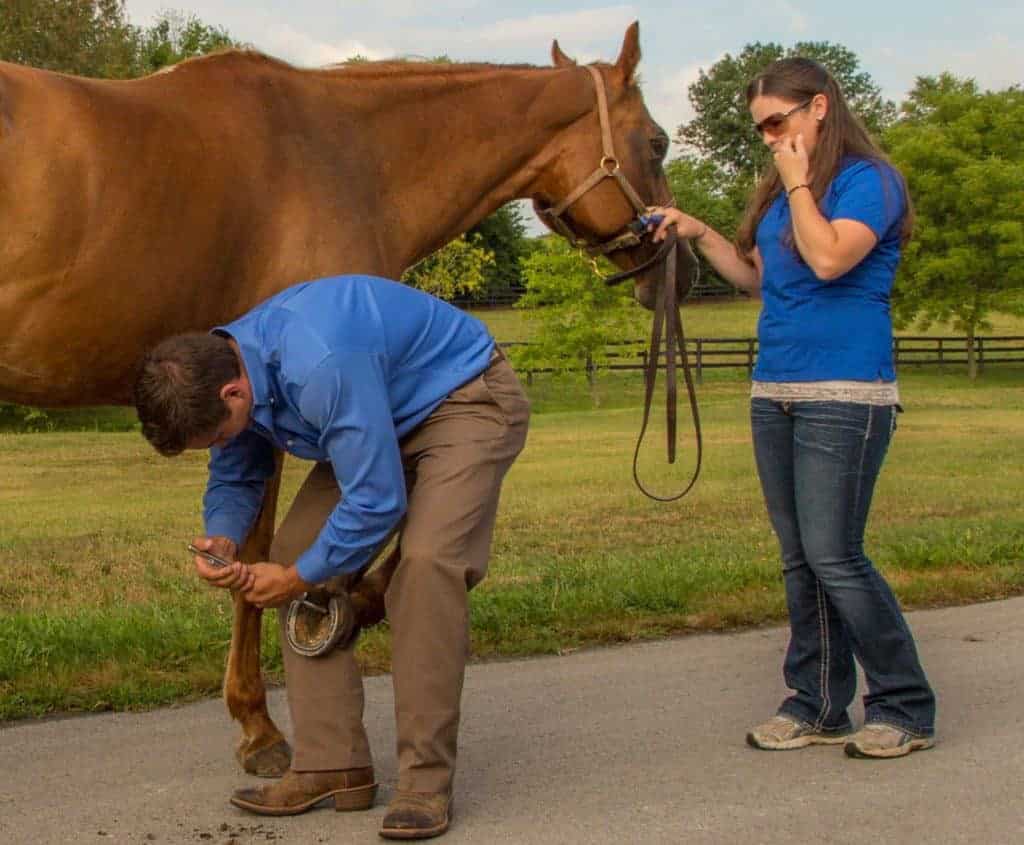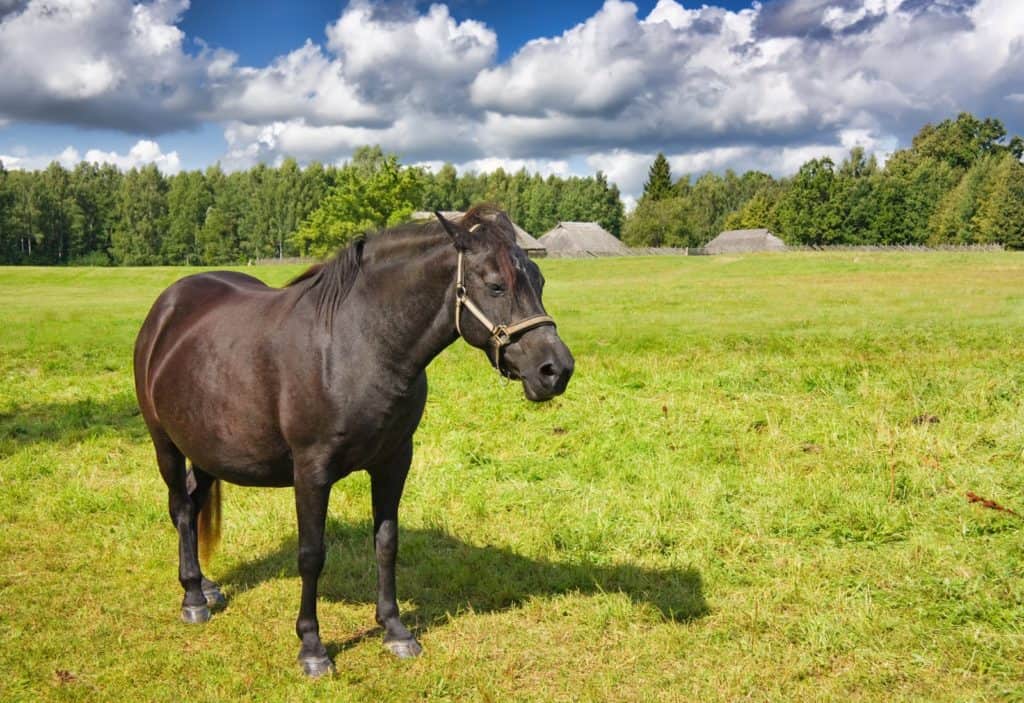
Vets Give New Equine Performance Assessment Method Thumbs Up
Veterinarians have tested a new method for assessing equine performance with positive results.

Veterinarians have tested a new method for assessing equine performance with positive results.

Scintigraphy gives provides the practitioner with information about some injuries related to bone or soft-tissue connections to bone, but it might not reveal many other sources of foot pain, researchers found.

Members of the Royal Veterinary College’s Structure and Motion groups highlight the need for further farriery research in the Equine Veterinary Journal editorial.

Two veterinarians share what has remained the same and what’s changing when it comes to diagnosing and treating this frustrating condition, once known as navicular. Read an excerpt from this in-depth article in our July 2018 issue.

Researchers know that, when used and fit properly, training aids can positively affect horses. However, improperly fitted equipment could squelch any benefits these systems offer.

Dr. Debra Taylor describes the visual exam of a healthy hoof and how horses’ feet can change in response to external factors.

Trainers should be aware that joint injections can have many benefits, but veterinarians need to be careful about selecting cases to receive this treatment, one researcher said.

Equine protozoal myeloencephalitis (EPM) can cause devastating neurologic illness in horses. Here’s what veterinarians know about how to diagnose, treat, and prevent EPM, and where the research is headed.

Lameness and neurologic disorders can impact equine postural stability—how a horse holds himself up in a standing position—and measuring it can help veterinarians diagnose certain disorders.

Researchers identified a link between glucose and insulin concentrations (measured using an oral glucose test) and risk and onset of laminitis.

With proper diagnostics, correct treatment, and careful management, many horses can overcome laminitis complications.

The prognosis for performance soundness in nonracing horses diagnosed with sagittal groove injury and concurrent osteoarthritis is poor, researchers found.

Seasoned sport horses often need a little extra TLC to continue performing well into middle age.

Instead of causing foot pain directly, rear hoof imbalances seem to cause more problems higher up the leg—to the hocks, stifles, glutes, and sacroiliac joint, one vet says.

Ultrasound is a useful screening tool for assessing some deep digital flexor tendon lesions, but it could cause veterinarians to underestimate navicular bursa and collateral sesamoidean ligament lesions.

This research could help riders select dressage mounts to ensure their ability to perform the required movements while maintaining soundness.
Stay on top of the most recent Horse Health news with
"*" indicates required fields